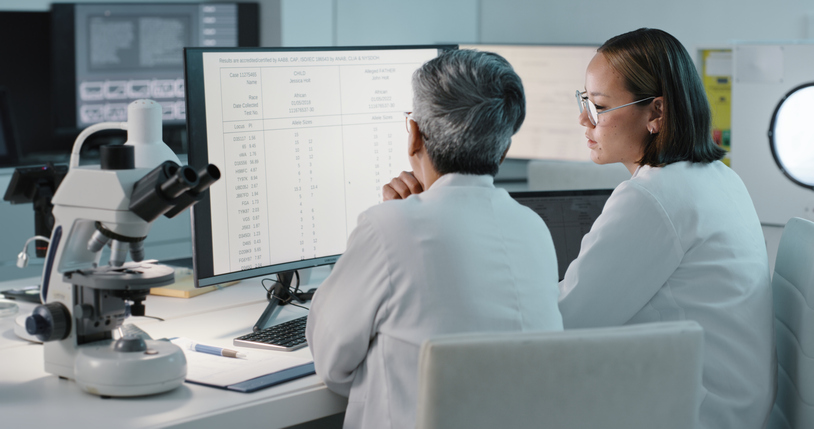Google Introduces Open AI Models for Drug Discovery

Google Launches TxGemma: A New Era in Drug Discovery
In an exciting development for the pharmaceutical industry, Google has announced the upcoming release of TxGemma, a collection of advanced AI models tailored for drug discovery. The announcement was made by Karen DeSalvo, Google’s Chief Health Officer, at a recent healthtech conference in Boston, and detailed in a blog post on the company’s website.
Accelerating Drug Development
DeSalvo emphasized the significant challenges the pharmaceutical industry faces, where the journey from drug conception to regulatory approval is typically long and costly. By collaborating with the research community, Google aims to streamline this process, making it more efficient and effective.
TxGemma, expected to be available soon, is designed for researchers to build upon and enhance through the Health AI Developer Foundations. This open-platform approach could empower more experts in the field to innovate using TxGemma.
Understanding Therapeutics with AI
One of TxGemma’s key features is its ability to comprehend regular text and the structural aspects of various therapeutic entities, including small molecules, chemicals, and proteins. This capability allows researchers to query TxGemma for insights on predicting the properties of potential new therapies.
While the introduction of TxGemma has generated excitement, the licensing terms for these AI models have not been fully disclosed yet.
AI in Drug Discovery: A Growing Market
Currently, there are several hundred AI startups focusing on drug discovery, with the market expected to explode from $3.5 billion in 2023 to $7.9 billion by 2030, reflecting an impressive annual growth rate of 12.2%. This surge underlines the increasing integration of AI in the pharmaceutical landscape.
Google made significant strides in this area with the launch of DeepMind’s AlphaFold in 2020. AlphaFold revolutionized the prediction of protein structures and was recognized as a breakthrough method to combat the industry’s high costs and low success rates in drug development. The system employs a deep neural network to generate protein structures from amino acid sequences and existing protein data.
Collaborations and Advancements
Building on AlphaFold’s success, DeepMind’s spinout, Isomorphic Labs, has secured substantial drug discovery collaborations with major pharmaceutical companies. Recently, Isomorphic expanded its partnership with Novartis, adding further research programs to their existing agreement, demonstrating a clear commitment to advancing AI-driven drug discovery.
Challenges and Opportunities
Despite the promising trends, the journey is not without obstacles. Notably, some companies, such as Exscientia and BenevolentAI, have faced high-profile setbacks in their AI drug discovery endeavors. Nevertheless, the momentum toward leveraging AI in this domain continues to grow.
Alban de La Sablière, COO of Owkin, pointed out the industry’s shift toward precision medicine, highlighting the need to focus on more targeted approaches rather than attempting to cover all mutations. Utilizing artificial intelligence with the right data in smaller groups can lead to more successful drug outcomes.
The Future of Protein Structure Analysis
In accordance with recent statements from Dr. Eric Topol, the rapid advancements in AI mean that tasks once taking years—like defining the three-dimensional structure of proteins—can now be accomplished in mere minutes. The implications of AI are not only limited to existing proteins but extend to the creation of entirely new proteins previously unimagined.
This evolving landscape signifies a transformative moment in drug discovery, where technology is not just a tool but a critical player in developing innovative medical solutions. As the industry embraces these changes, the potential for breakthroughs in treatment options becomes increasingly promising.






